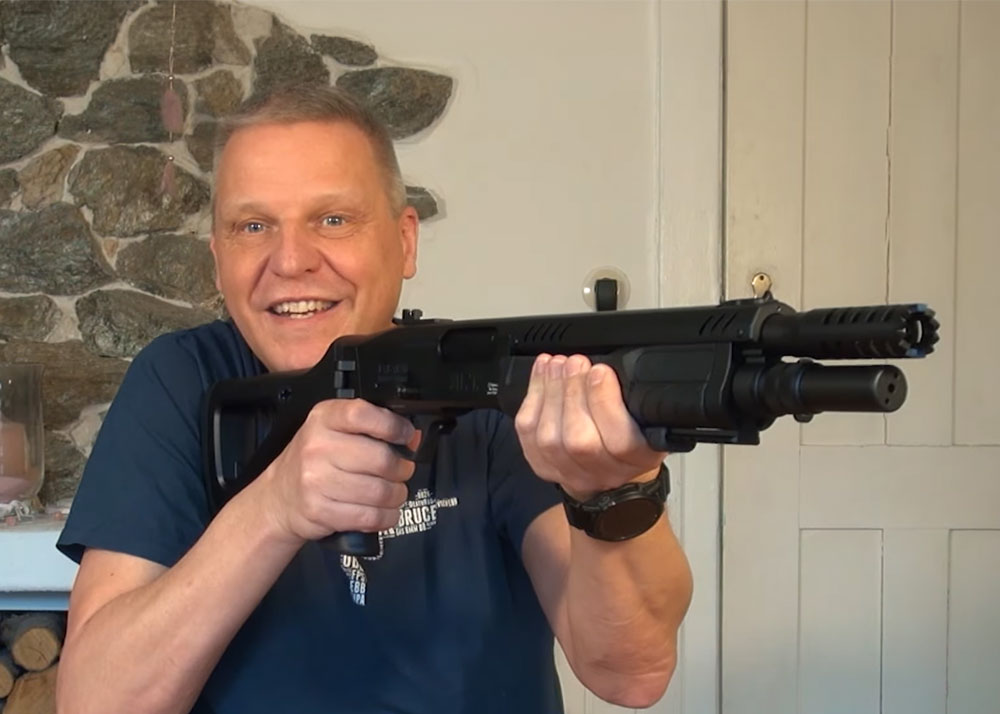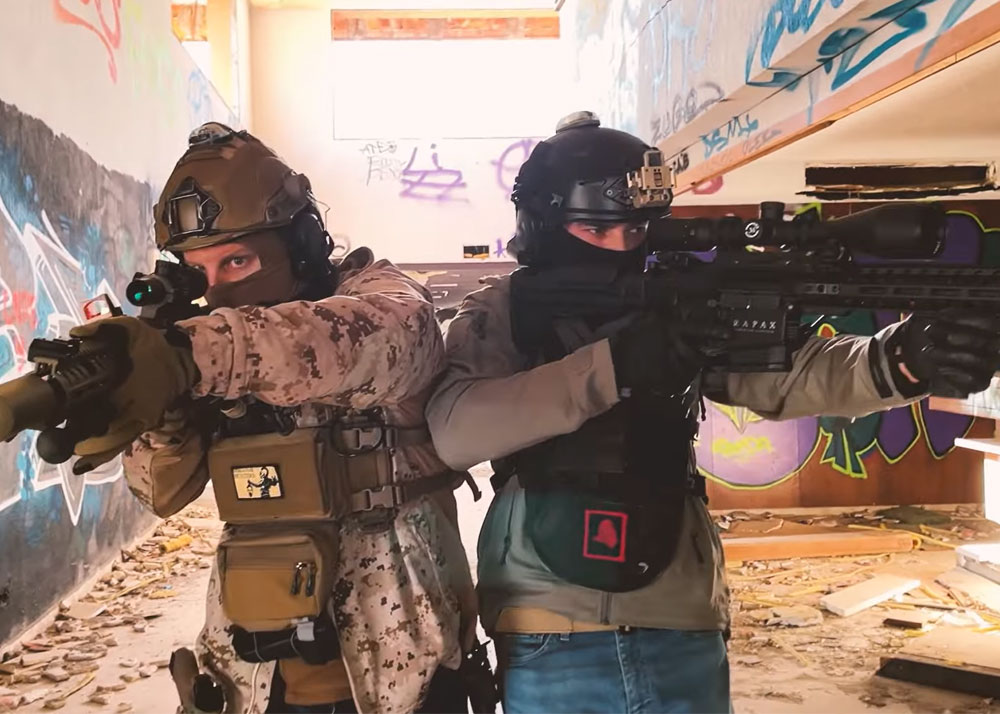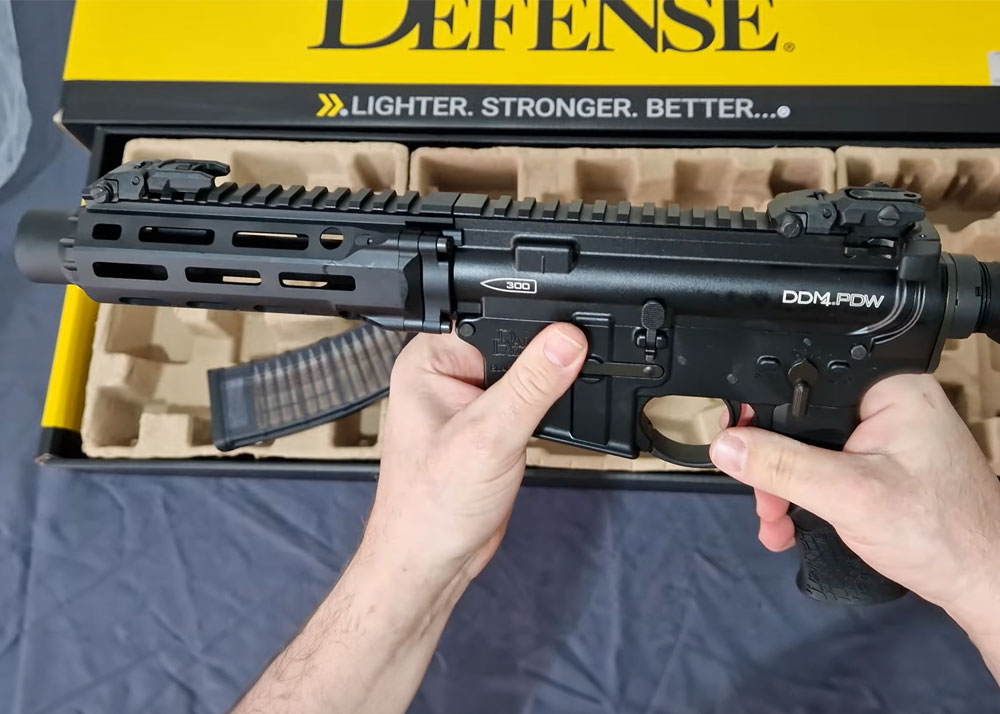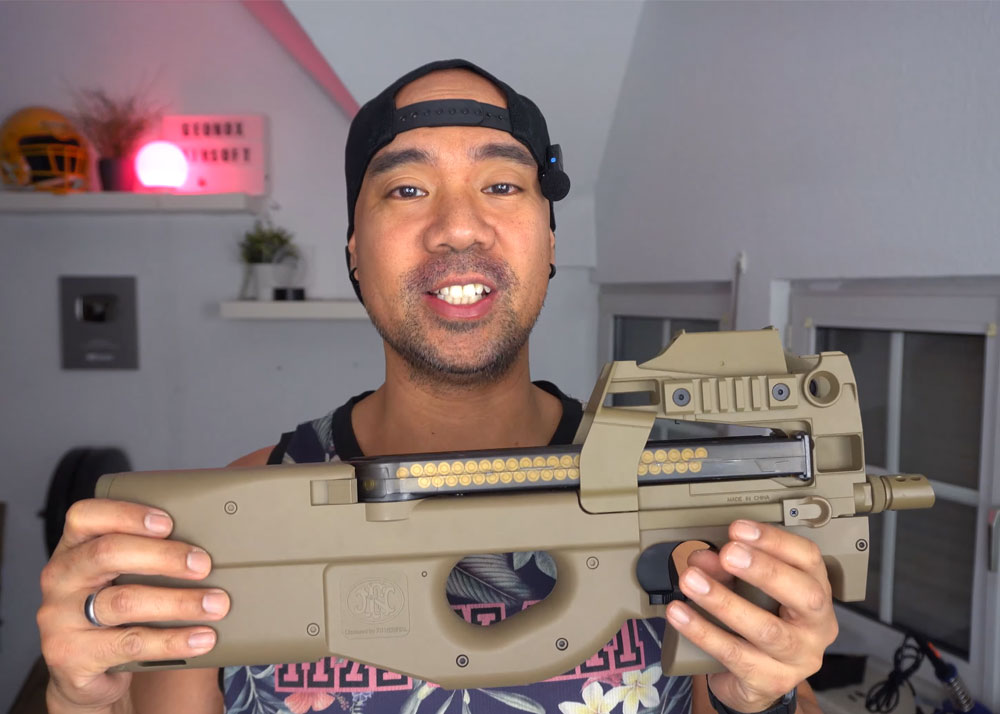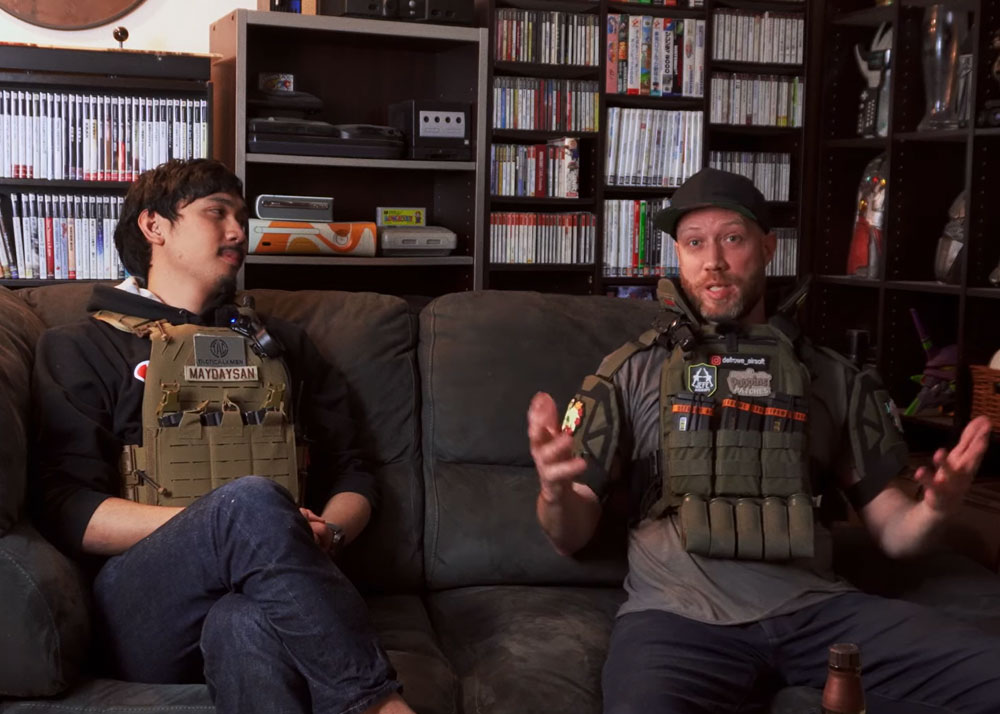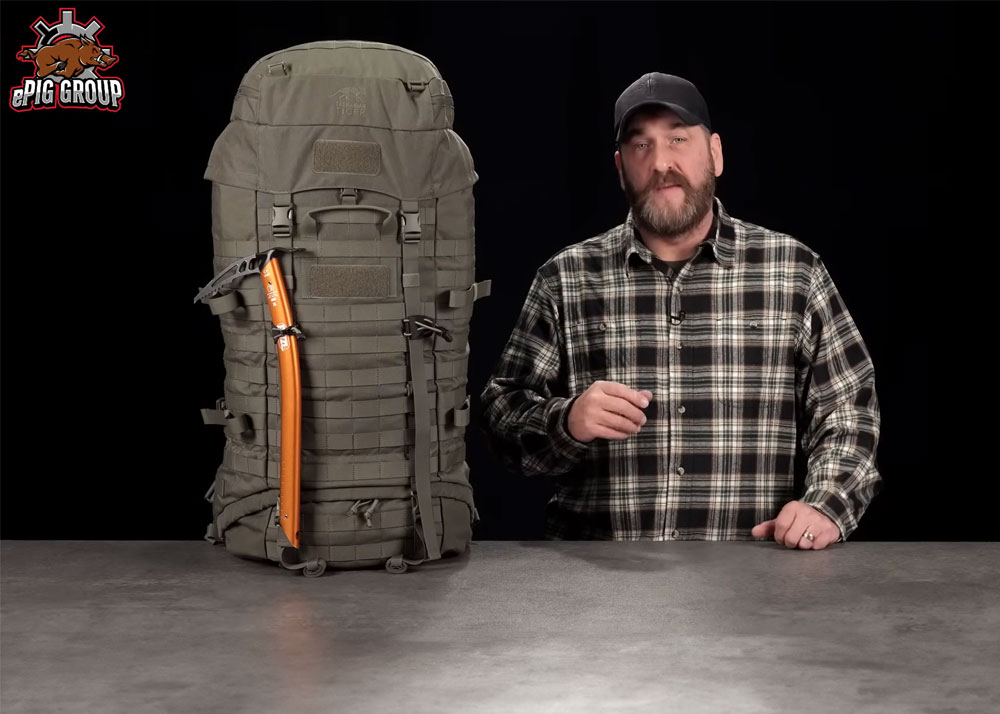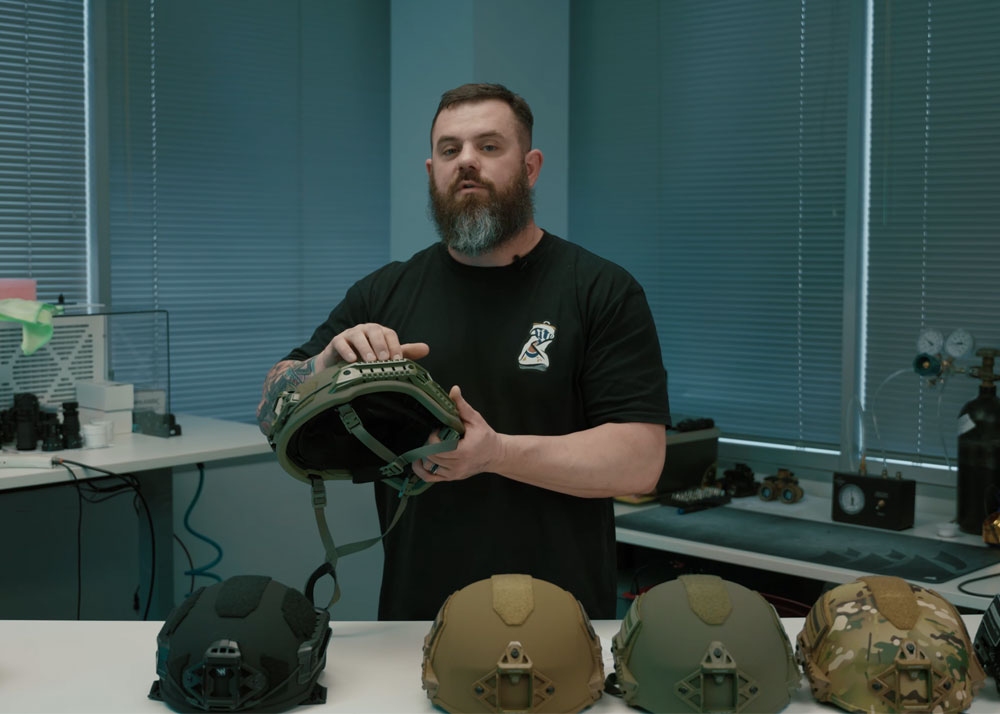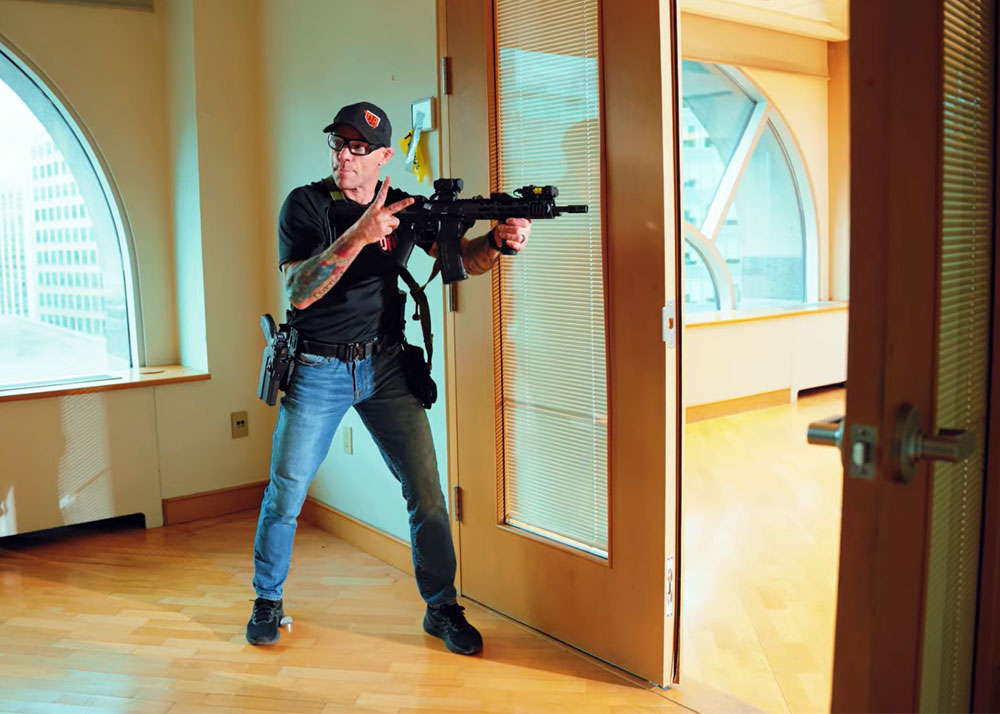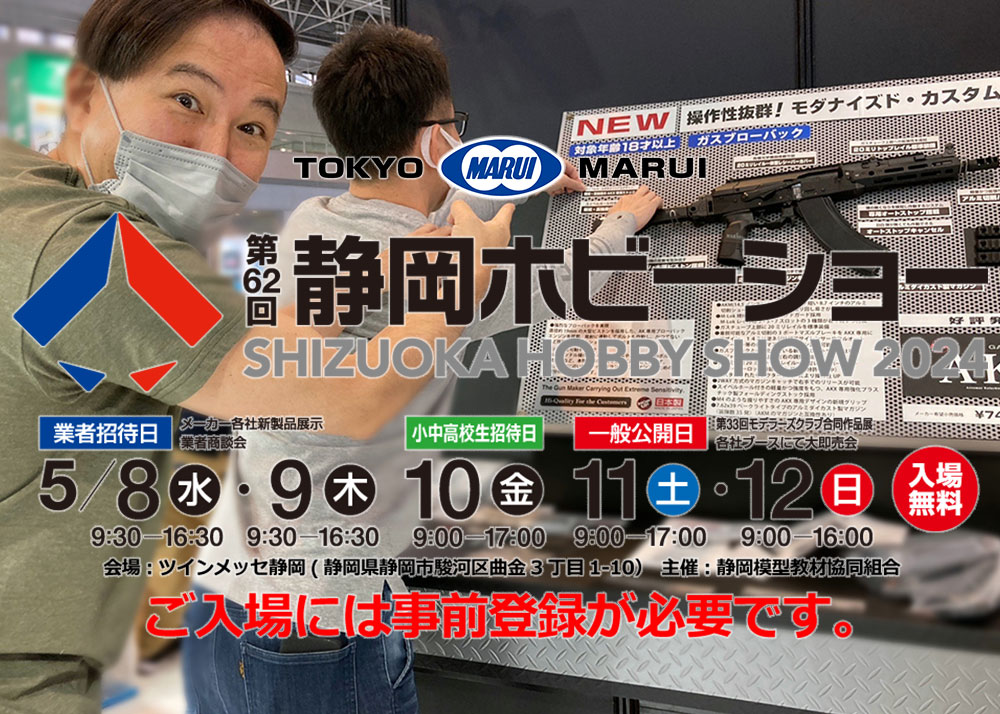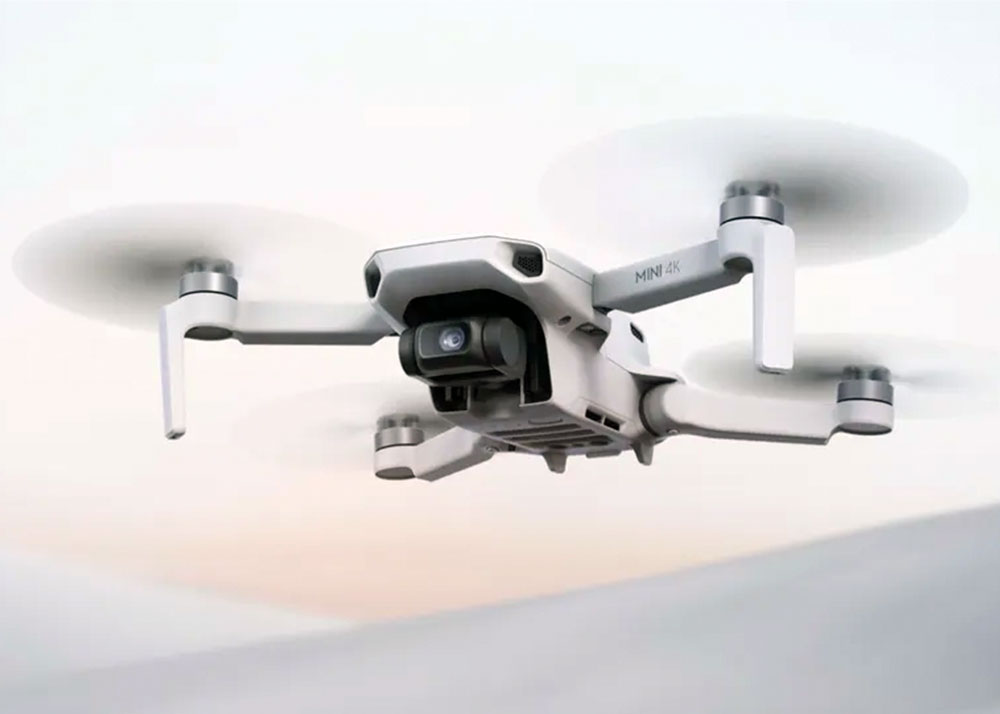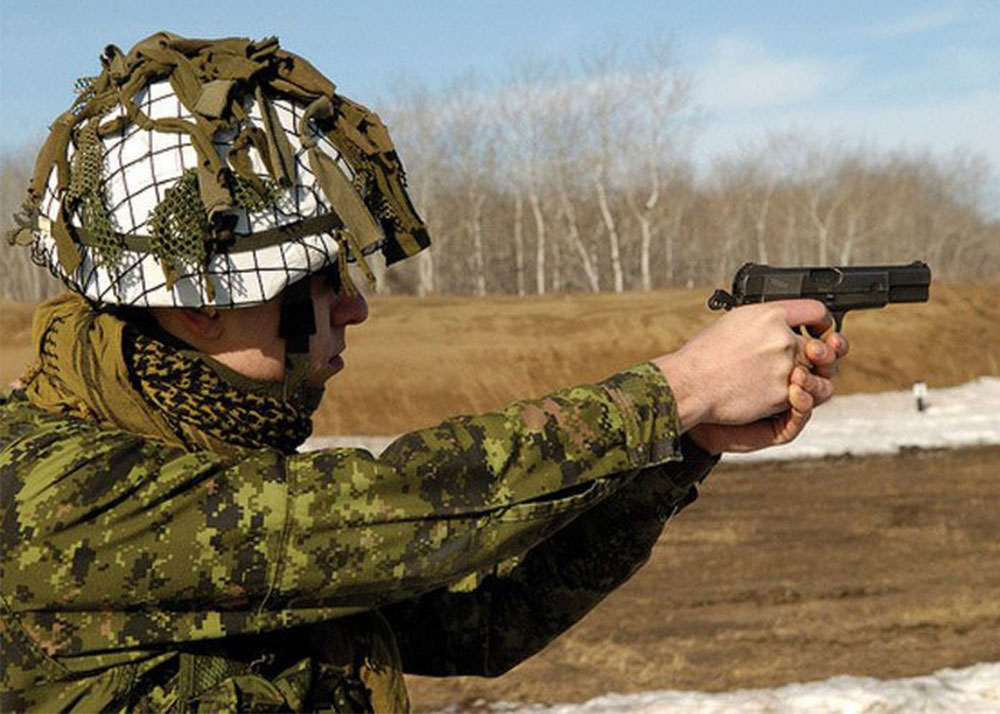KJ Works M700 Take Down Sniper Rifle
Migh2r
15 Jul 2010
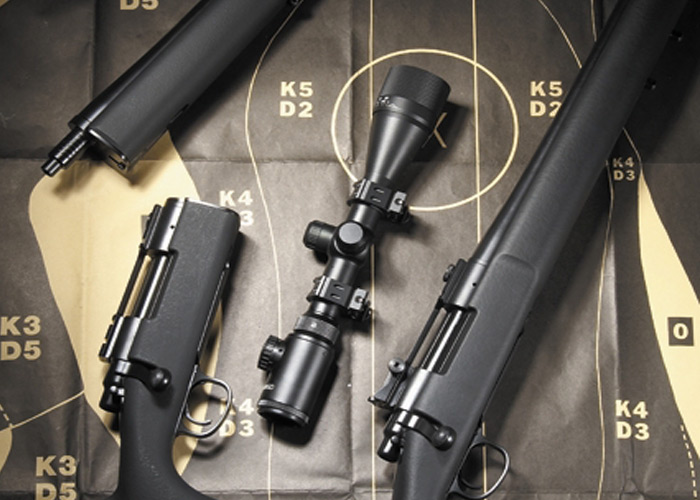
KJ Works’ M700 Take Down Rifle is a clone of the Tanaka Works’ M700, which in turn is based on the Remington M700 Police Sniper Rifle. This model is basically a re-stocked Remington M700 VS (Varmint Synthetic). Remington has been manufacturing this type of rifle in the USA since 1962 with the first model 700BDL. This model was the basis for the precision sniper rifle that was adopted by the USMC—the USMC M40. This sniper rifle was widely used in the Vietnam War and into the late 70's. Current USMC M40A1 models are still being rebuilt on the same bolt actions. This has also been adopted by many custom-built tactical sniper rifles. The US Army was also adopted the same design when they switched from a semi-automatic sniper rifle to bolt action. The product was known to be the M24. At present, Remington M700 is widely used in various US Military services, police units and private individuals all over the world.
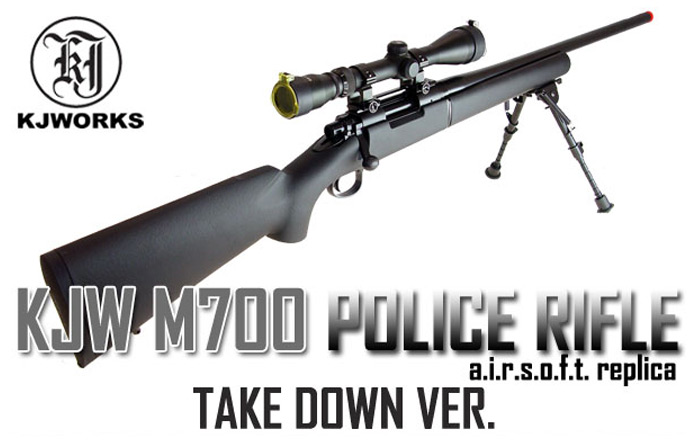
First Impressions
The rifle arrived in a plain brown box with KJ Works markings on all sides of the box bar the bottom side. The box is relatively the length of a normal AEG. Beneath the normal box lies a 2-piece take down rifle that measures 1.16m once assembled. The two components came nicely wrapped in plastic. The package also included BB loading tool, Allen wrench for hop-up adjustment, Allen wrench for disassembly, a packet of BBs, manual with English translations, magazine and a couple of paper targets. Unfortunately, there is no cleaning rod included in the package.
The first thing that strikes me most was the sheer size and length of this rifle. The foregrip cross section is almost square unlike some models that tend to be parabolic. This equates to a wide grip on the rifle. Its weight is well balanced along its entire length. The take down system makes it more convenient to transport the rifle in a much shorter gun case but without compromising on function.
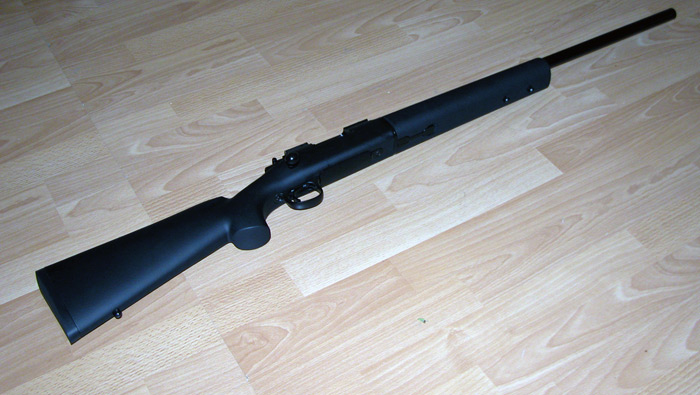
External Features
The external barrel runs through the entire length of the front part of the take down rifle. This means that the barrel connects directly to the receiver thus ensuring a tight and rigid fit between the two parts. It is finished in black matte. The plastic ABS body is finished in matte black as well. There are two sling points at the foregrip and one at the stock, which are all fixed type. The first sling point also secures the foregrip to the outer barrel.

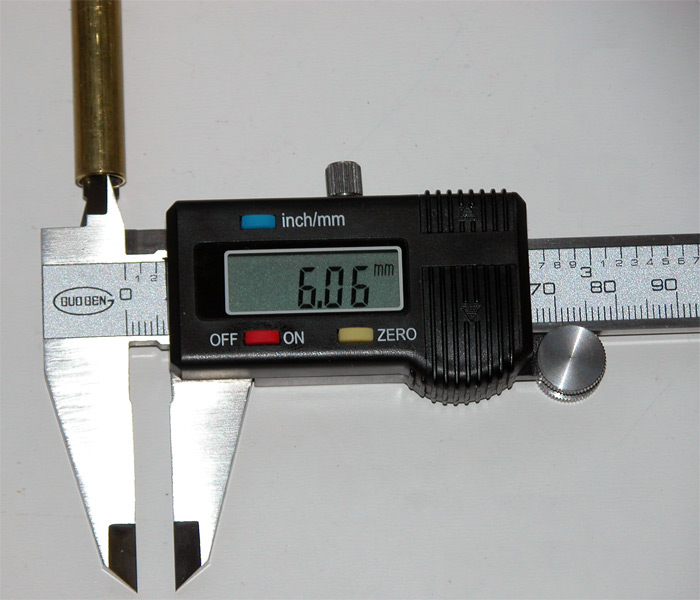
The adjacent sling point is the only option should you decide to remove it and mount a bipod instead. Both the bayonet sleeve for the front section and the reception desk plate for the rear section are 3mm thick metal plates to ensure rigidity. The front stock has a 30mm long partially threaded bayonet that screws into the barrel housing of the rear section. To assemble the two sections, pull down the take down lever and insert the front stock at 90 degrees to the rear stock. Rotate the front stock clockwise then push down the take down lever to lock it. To undo is just to do the reverse. A metal scope rail comes standard with the rifle, which is a plus factor. The bolt is finished in matte black unlike some rifles, which are shiny chrome. This aids in concealing your position from the enemy.
The bolt handle has a good size to it and looks just proportional to the entire size of the rifle. The entire bolt, however, is a bit wobbly when fully pulled backwards as if it is going to come off. As standard, a fire selector switch is located at the right rear part of the receiver: forwardfire and backward safe. One way of knowing if the rifle has been cocked and ready to fire, is when the cocking piece is protruding from the bolt detent, otherwise it is in its relaxed state as shown on the photo.
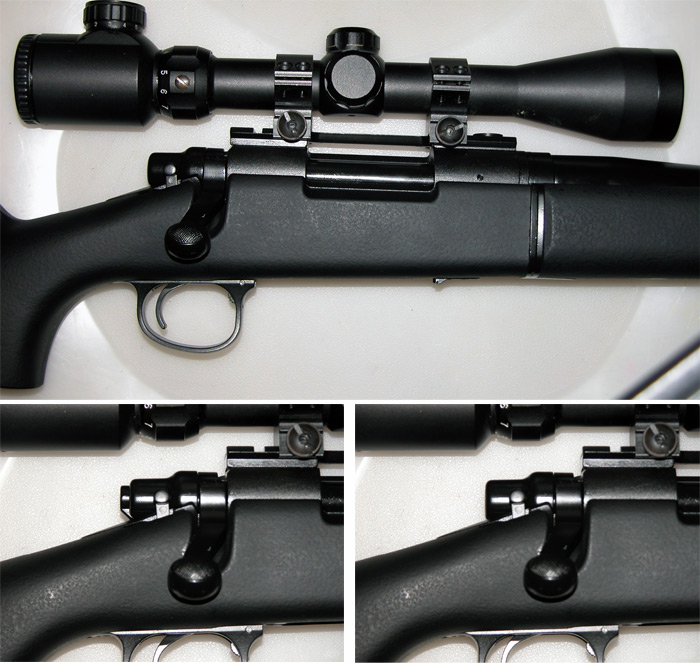
The metal trigger guard is a one piece metal incorporating the magazine well. The magazine catch is also located at the upper front corner inside the trigger guard. The magazine can only be released once the bolt is in its open state. It can, however, be put back regardless of the state of the bolt. It is still a good practice to replace the magazine when the bolt is open for it tends to leak when the bolt is at its relaxed state. The magazine is full metal and weighs 265g without gas and ammo. The included speed loader is handy in loading the magazine with 11 rounds of BBs in double stack configuration.
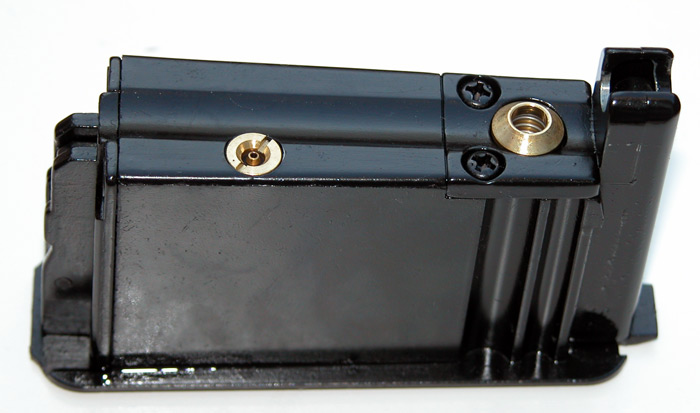
A rubber butt plate is securely attached to the thick-walled ABS stock. It has the marking “KJWORKS” which is embossed on the soft rubber material. The only other markings on the rifle is “Manufactured by KJ Works” which is engraved to the left-hand side of the metal receiver.
INTERNAL FEATURES
A nice feature of this rifle is the trigger pressure adjustment to suit individual needs. Once disassembled, the trigger mechanism can be adjusted by 3 little screws namely: Over travel screw (A) to shorten or lengthen the trigger travel, Trigger pull screw; (B)to increase or decrease trigger pressure and, Sear engagement screw; and (C) to shorten or increase sear engagement. This method is illustrated in the manual and is recommended for advance users.
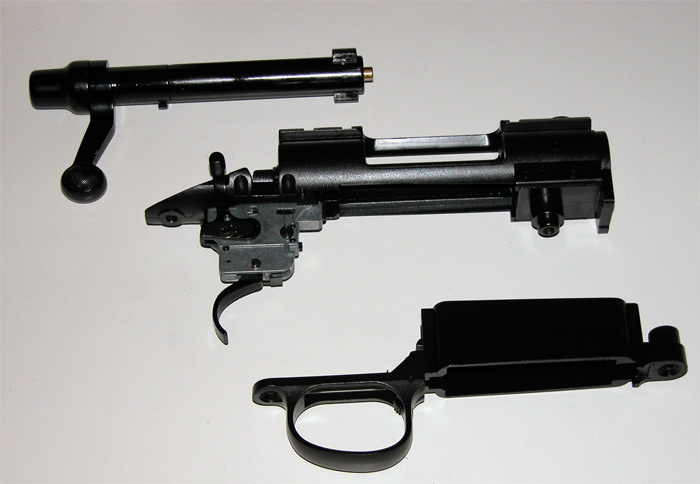
Hop-up adjustment can only be done once the rifle has been taken down. A small Allen screw is included for this purpose. There is no marking to base your setting. You can only roughly base it on the protrusion of the trajectory adjustment screw from the hop-up window on the chamber as shown on the photo.
All internal parts are made of metal except for rubber materials used in sealing and hop-up.
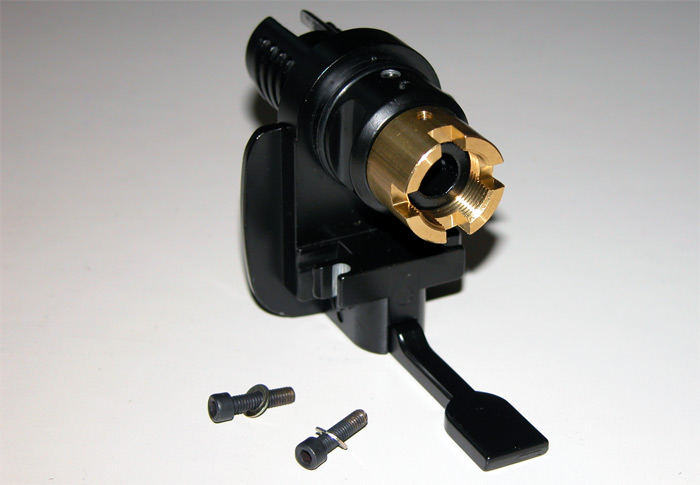
TESTING
After loading the magazine with 0.20g ammo and filling with green gas, it’s time to check if this rifle could live up to expectations. The first gas fill was used only to adjust the hop-up to a satisfactory setting. First shot chronograph reading yielded an impressive reading of 550fps. The second, however, dropped down to 507fps, then 503fps, 507fps, 510fps, and a sudden cool down effect of 431fps, then up again to 510fps, 518fps, 512fps, and finally the last shot at 510fps. The readings would equate to an average velocity of 459fps. With this result, it is recommended to use a much heavier BB weight to compensate for the power and to stay within the legal limits imposed on sniper rifles on UK skirmish sites. Some online forum discussions indicate that the power can be regulated by dismantling the cocking handle and adjusting a small screw inside. This, however, is not mentioned in the manual and could not be confirmed.
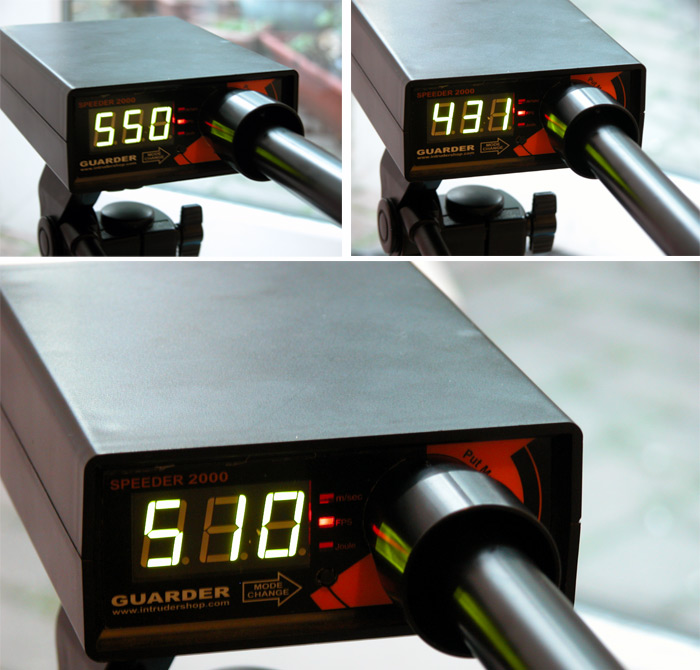
The testing was done indoors with an ambient room temperature of 20°C.
A 3-9x40mm rifle scope was fitted and was zeroed to a distance of 20m. A workbench was used to clamp the rifle steady for the zeroing. Test result shows a slightly inaccurate grouping at the given distance with a 140mmx140mm cardboard target. This adds credence to other reviews reporting the same result about the rifle. This could have been partially affected by occasional gust of wind while testing. But it doesn’t mean that you can’t hit a man-size target at such distance. Being a sniper rifle, this has to be zeroed in to a farther range to make the best of its ability and power.
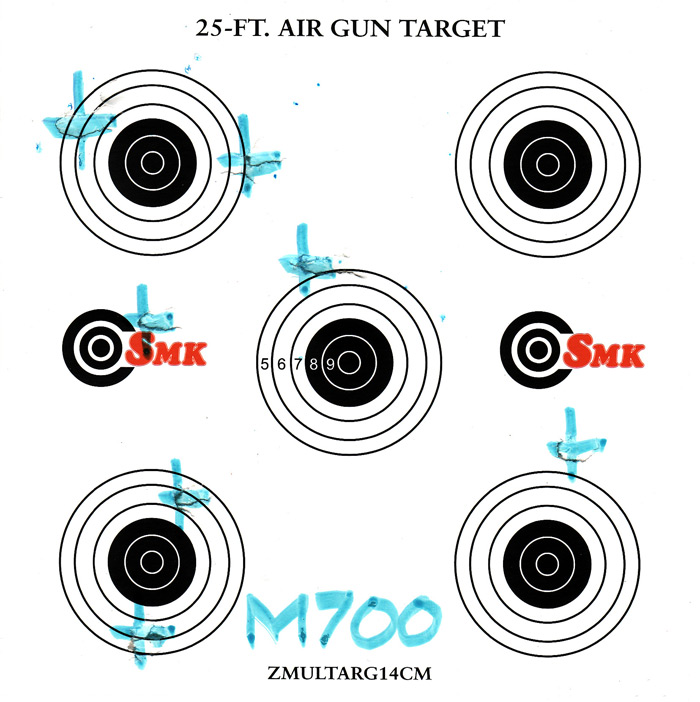
Long range testing was inconsistent due to the prevailing windy conditions at the time of testing. Prevailing outdoor temperature was 4°C.
Being a gas powered sniper rifle, this gun is very quiet. This makes fitting a suppressor purely for the looks or for a longer inner barrel, if there is available. This helps in concealing your position from the opposing team everytime you shoot.
UPGRADE PATH AND CONCLUSION
As with most stock rifles, an upgraded tight inner barrel will considerably increase accuracy and range. A decent scope with the highest magnification ratio you can afford is a must for this sniper rifle. With only 11 rounds per magazine, it is worth investing on a couple of extra magazines to ensure you get going in the heat of a game.
Pros
- Good quality and workmanship
- High power
- Good weight-to-size ratio
- Smooth cocking action
- Quiet
- Competitive price
Cons
- Wobbly bolt when fully pulled backwards
- Absence of standard sights
- Fiddly HOP-Up adjustment
- No cleaning rod included
PARTING SHOTS
If you like Tanaka Works’ M700 Take Down Rifle but don’t have the dough to spare, look no further, for this is the rifle for you. This is an ideal beginner’s rifle that is a real value for money in terms of quality, performance and cost. The features won’t disappoint and is sure to deliver. A word of caution in mounting a scope: the scope used in our testing—a 3-9x40mm with standard mounts—gave us just enough clearance to take down the rifle with the scope attached and also to cock the bolt. Bigger scopes would already obstruct the bolt handle preventing it from being cocked. One solution is to use a higher mount.

